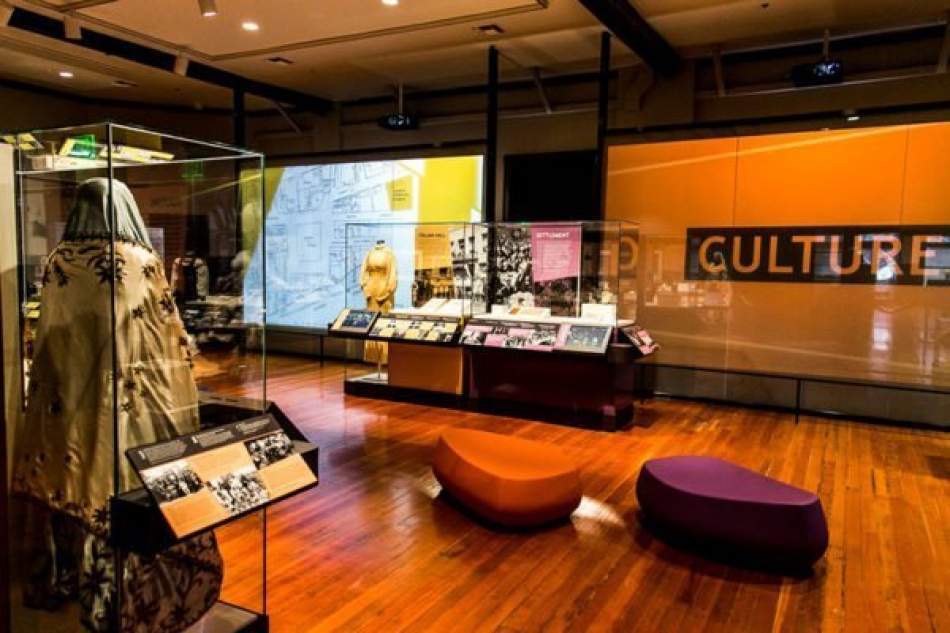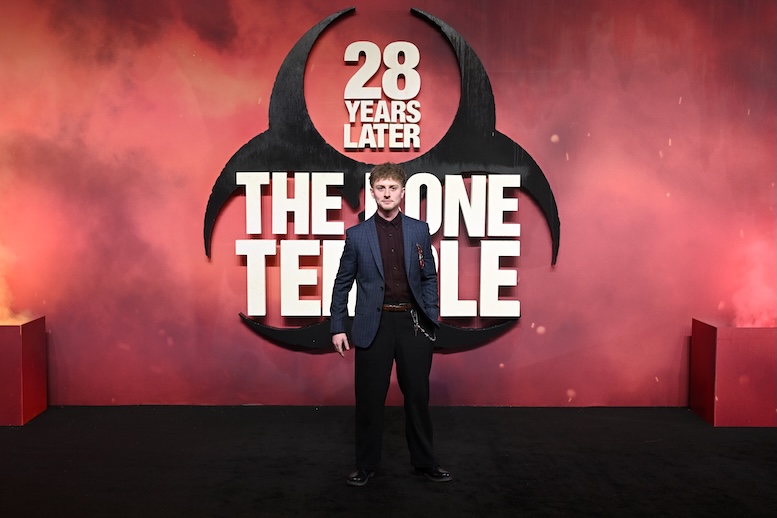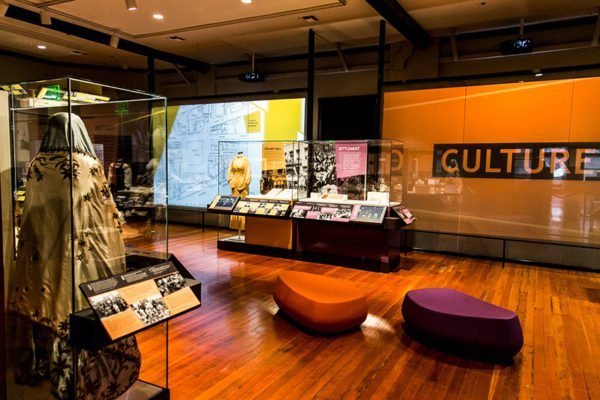A. The building in which the IAMLA is located, the Italian Hall, was constructed in 1908 to serve as a community gathering place. It was where many Italian organizations were headquartered, as well as a popular site for weddings and concerts, and an important focal point. The Italian American community stopped using the building in the 1950s when the state of California purchased the Italian Hall in order to preserve it and several other historic buildings in the area that were at risk of being demolished. In the years that followed, the Italian Hall fell into disrepair and most of the building's history faded into memory. In the 1990s, the Italian American community of Los Angeles led an effort to restore the Italian Hall, which had languished after decades of neglect, and create a cultural center. I first became involved in the project in 2005 after learning about the Italian Hall a few years earlier. Its story fascinated me, and it became my vocation to help preserve and showcase a chapter of local history and an aspect of Italian American history that most people were unaware of. The museum project faced various challenges, namely financial.
A. The IAMLA’s collection contains approximately 5,000 artifacts, photographs and archival documents. The ever-growing collection spans from the 18th century to recent history. Italian Americans and Italians in the Western United States are the Museum’s collections priorities and the IAMLA serves as the only repository of its kind in the Western United States. The IAMLA's collection of rare photographs is of particular value, but you will find everything from Lady Gaga's custom-made Donatella Versace robe from the Born this Way tour, and Rudolph Valentino's typewriter, to Tommy Lasorda's Hall of Fame jersey.
A. That exhibition has already passed. (The IAMLA presented it in 2017.) The museum's current temporary exhibition is Fantasy World: Italian Americans in Animation, which explores the world of animation and the Italian Americans who were pioneers of this exciting medium as well as those who continue to inspire audiences today. Italian Americans figure prominently in the world of animation, having given birth to iconic series including The Flintstones, Tom and Jerry, and Woody Woodpecker, and having served as creative forces behind major studios and comic classics. Spanning a century of animation history, Fantasy World: Italian Americans in Animation examines the lives, inspirations, and contributions of Italian Americans artists, writers, directors, voice actors, musicians, and producers who created unforgettable characters, hilarious cartoons, enduring musical scores, and timeless stories. Creative minds such as Joseph Barbera, the co-creator of The Flintstones, Walter Lantz, whose surname was changed from Lanza, and who created Woody Woodpecker, among other characters, Clyde Geronimi, the co-director of Lady and the Tramp, and Joe Oriolo, creator of the Felix The Cat television show, are presented as part of a distinct chapter of entertainment history revealing how Italian Americans have shaped the field of animation since its inception.
Sicilian Cart: History in Movement, was a collaboration between the IAMLA, the Musca Museum of Sicily, and Dolce & Gabbana. The exhibition explored the history of Sicily through the lens of the island's iconic cart. It featured two original caretti, art and antiquities, and fashion.
Q. How did the Italians settle in Los Angeles? In which areas and which works did they do?
A. Los Angeles as a city was founded by the Spanish before passing to Mexican rule, and it was during that time, the 1820s, that the first Italians arrived. Many of the earliest Italian settlers in Los Angeles were from northern Italy, places such as Lombardia, Piemonte, Liguria, and Ticino. The majority were drawn to agricultural pursuits and viticulture. The Italians of Los Angeles played an integral role in developing the state's wine industry. Early Italian settlers faced less hostility in Los Angeles and therefore achieved success with fewer barriers. This experience contrast sharply with Italians elsewhere in the nation during the late 19th and early 20th centuries. You will recall that at that the United States government sought limit the immigration of Italians during that time and passed a series of restrictive legislation, such as the Immigration Act of 1924, to accomplish this. Italian Americans and Italian immigrants faced tremendous hostility and prejudice in the United States, the lynching of eleven Italians in New Orleans is one such example. During those same years in Los Angeles, conversely, an Italian American was elected to city government. Others were prominent business owners. The shared "Latin" culture between Mexicans and Italians, including similar languages and customs, and a common religion, enabled the region's early Italian settlers to achieve considerable upward mobility. The availability of land in Los Angeles and the region's cosmopolitan nature was in part why the city's once thriving Little Italies did not persist in the same way that they did in New York or Boston. The second wave of Italian immigrants to Los Angeles, those who arrived between 1890 and 1920, were predominantly southern Italian often employed by the railroad; others became small business owners. Still others were artists and craftsmen. The Italians who came after World War II represented yet another subset, as do those who continue to migrate here today. The more recent Italian migrations to Los Angeles often include academics, individuals employed in fashion, design, food, and hospitality, as well as the technology sector. The community was and is very diverse.
Q. Many film directors are Italian-Americans. Is there also a section dedicated to cinema in the museum?
A. Yes, we have a permanent exhibition dedicated to Italian Americans in Hollywood and entertainment, which examines the contributions, both historic and contemporary, that Italian Americans have made to the entertainment industry as well as the media's fixation on stereotypes of Italians and Italian Americans, such as the "mafia" trope.
Q. What is the next project you are working on?
A. We have dozens, literally, from concerts and performing art events that highlight the diversity of the Italian diaspora, to exhibitions that examine Italian Americans in popular music, such as jazz. We are also expanding our educational offerings, such as curricula for educators, and working to enhance the visitors' experience, through app-based guides for the museum and other projects.












